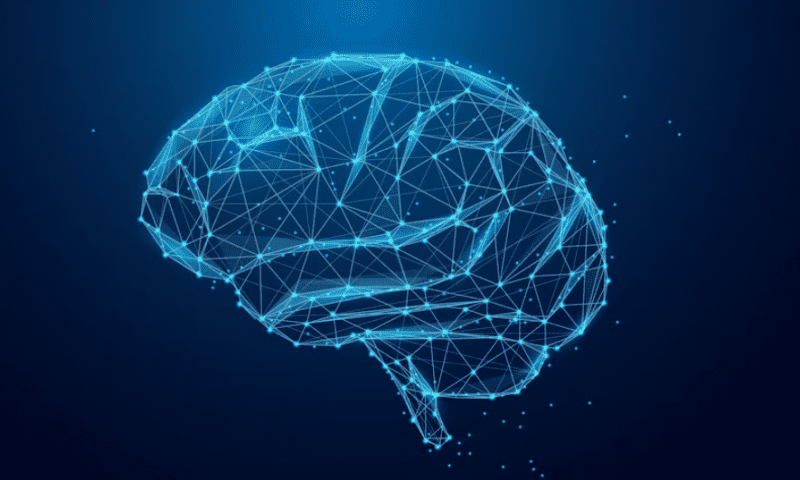What if instead of having to replace or recharge the batteries of implants, their power could be topped up by harnessing the natural movements of the human body? That’s what a group of researchers at the University of Connecticut hope to achieve with a potentially long-lasting device aimed at delivering deep electrical stimulation to the brain.
Somewhat similar to a pacemaker, a deep brain stimulator delivers pulses to the brain multiple times per second to regulate its electrical activity. The implants can help patients with Parkinson’s disease better control their motor muscles or potentially reduce the symptoms of severe depression.
But while a pacemaker’s batteries can last as long as a decade under certain conditions, brain stimulators use much more power and typically require surgery to swap them out every two to three years.
But according to the UConn researchers, their implant never needs its batteries changed. It relies on a small device that uses the expansion and contraction of the chest each time the user takes a breath to generate and store small amounts of electricity.
“We created our triboelectric nanogenerator using new nanomaterials which produce significant energy output when they come in contact with each other, enough energy to run the deep brain stimulator,” researcher Esraa Elsanadidy said to UConn Today.
The researchers described the action as similar to charging a balloon with static electricity by rubbing it on a shirt and then sticking it to a wall. The movements of the chest wall create static electricity by causing the layers of the small, thin and metal-free generator to rub against each other, which then creates a current.
“We demonstrated that our self-sustainable deep brain stimulator can intermittently stimulate the brain tissue by alternating periods of stimulation and periods of no stimulation which is an effective deep brain stimulation approach for treating psychiatric conditions,” said UConn’s Islam Mosa, who also serves as the chief technology officer of VoltXon, a company in the university’s incubator program that plans to develop the system.
The researchers published their initial findings, which used a pig lung connected to an air pump within an artificial rib cage, in the journal Cell Reports Physical Sciences. In the future, they plan to try the device in a large animal.
“We wanted to make this fit in with the rest of the available technology in the usual way,” UConn Professor Jim Rusling told UConn Today. “In principle, if someone already has a deep brain stimulator, we could just replace the battery with this generator without having to retrofit them with a wholly new device.”

